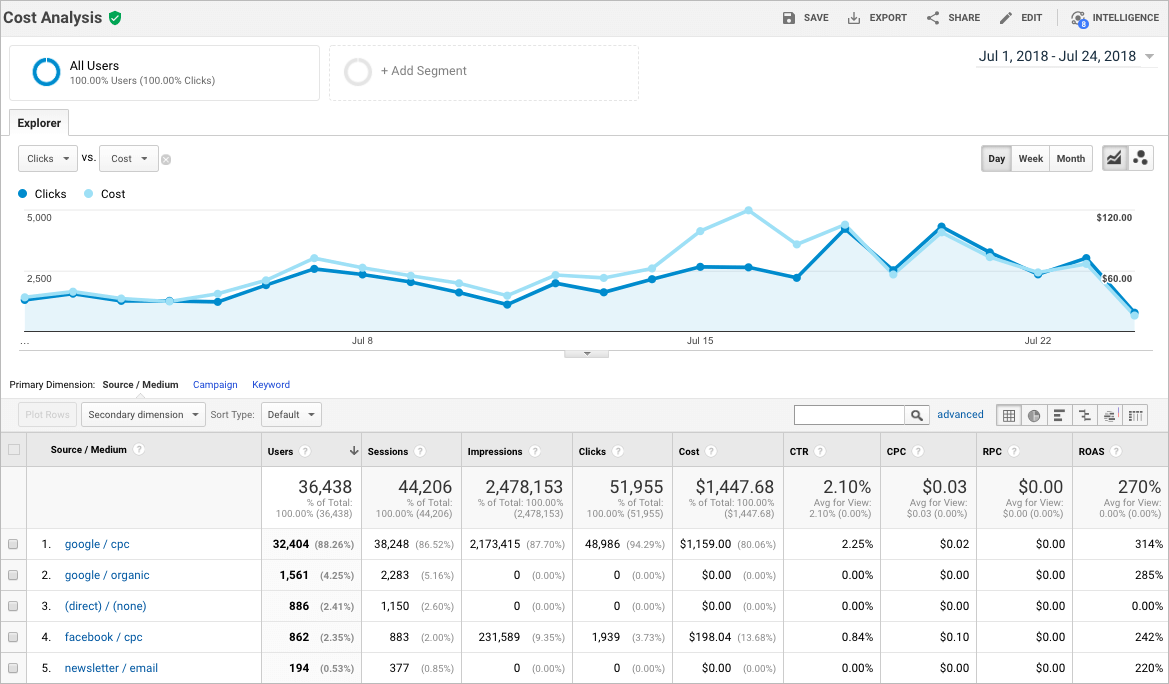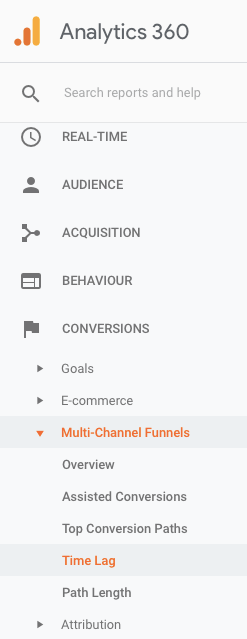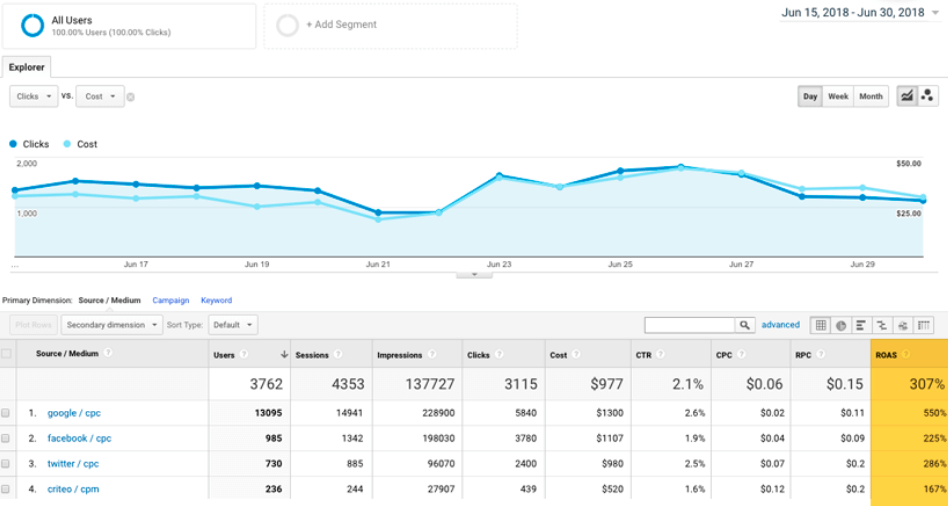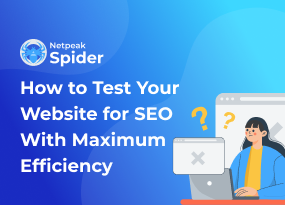10 KPIs Every Digital Marketer Should Track
How to
An increase in sales and revenue is surely a sign of your business scaling in the right direction. But be careful, don't be off your onion once the success comes, as you still need to know how efficient your marketing efforts are and which of the channels you can boost up. This is why the OWOX BI team created this list of the main metrics to make sure that your marketing initiatives serve you well.
1. Basic KPIs for Every Digital Marketer
These are the metrics for ad specialists to base upon when evaluating ad efficiency, while CMOs would prefer relying on the more global indicators. However, these KPIs are surely a good stem for a proper ad campaign analysis.
1.1. Conversion Rate
CR – Conversion Rate. This will help you see how many of your site visitors eventually ordered or bought something, depending on what you set as a conversion goal in Google Analytics or any other analytics service you use.
CR = (total number of orders / total number of visitors) х 100%
1.2. Click-Through Rate
CTR – Click-through rate. If you need to know the percentage of people who saw your ad and clicked on it, this is the metric for you. You can compare the CTR for all of your ads and discover the most and the least efficient campaigns.
СTR = (total number of clicks / total number of views) х 100%
Please note that clicks are not yet a conversion. So if your goal wasn't a page visit, CTR is more of an in-between metric.

1.3. Сost per Click
CPC – Сost per click. This is how much you've paid for the target user to get to your website.
CPC = money spent on placing an ad / total number of clicks
1.4. Cost per Action and Cost per Lead
СРА and CPL – Cost per action and Cost per lead. These metrics show you the price of a micro conversion and the price of acquiring a single lead.
To calculate CPA, you need to choose what is a micro conversion for your business. It can be a video view, downloading a pdf, or clicking on the 'Call me' button. For CPL, a micro conversion is filling out a form and providing the contact details.
CPA = ad spend / total number of micro conversions
CPL = ad spend / total number of acquired leads
1.5. Customer Acquisition Cost
You might want to know how much you spend to attract each customer. That's why there's the CAC metric: сustomer acquisition cost. In other words, it's the money you invested in your marketing to get a single customer. Just in case you started looking for a special CAC norm for your business, don't. There isn't one, as it totally depends on the business type. It's definitely a better idea to compare CAC with the LTV (Lifetime Value). Marketers and analysts say that a business is successful if LTV is three times more than CAC. Oh, yeah, we'll tell you more about LTV in this article too, but a bit later.
There's another important thing to know about CAC: your ad costs now can pay off in one or a couple months, driving the user to a conversion. This period, showing how long customers need to convert, is called a Conversion Window. In GA you can find this metric numbers if you go to 'Conversions' → 'Multi-Channel Funnels' → 'Time Lag':

The aforementioned metric can influence the following:
- The ad channels you choose and their position in your sales funnel. If you have a wide conversion window, content, email and SMM marketing should be used for your business to persuade customers.
- The key message in your ads at different funnel stages. When customers take time before purchasing, it's truly important to build up communication with them at every single step to tell more about your product.
- The customer segments. As a rule, different segments have different conversion windows. That's why you should consider creating a special key message for every segment when setting up a campaign.
1.6 Social Media Share of Voice
SOV - To get a complete understanding of how you KPIs perform in your industry, you can use social media listening for competitor analysis.
This helps you track the strategy of competing brands, by looking at their social media analytics (such as engagement, reach, & mentions) and comparing them to your own.
This data is gathered from social media, news sites, blogs and more, to give you tangible metrics that you can compare. Although no calculation is needed, you can use a social listening platform, is essential to gather data from all possible sites in one place. You could be looking at millions of bits of data, which would mean manual monitoring would be impossible without a suitable tool.
You can use this data to create a benchmark for your industry and get a better understanding of what you can achieve with your social media.
2. Basic KPIs that CMOs and CEOs Should Track
Before we go further to the list of these KPIs, please ensure that you have done all the necessary preparations:
- Set up end-to-end analytics. Online behavior data may not be enough to see the full picture of customer touchpoints with your business. It's better to collect the data from your ad sources, call tracking services, and CRM in a single system, and to take all this information into account when building up the sales funnel. Why? Because you'll get to set goals and calculate conversions at any stage of the funnel. You'll also be able to compare the efficiency of your channels with the average performance rates for your niche, find narrow-gauges in your funnel and marketing efforts.
- Choose a proper attribution model for your business. It's important to consider the influence of the marketing channels on the user journey, and here's why: users can view a display add and leave, next get back to you through a Facebook ad, then, a month later, visit the site directly and buy. To know the input of each of the channels and evaluate them correctly, you need an attribution model. Otherwise, you risk investing in campaigns that drive less revenue than you expect or no revenue at all.
Got both, the end-to-end system and the attribution model? Then proceed to the metrics below.
2.1. Return on Ad Spend
To know exactly what revenue is driven by each of the dollars you've invested in ads, you can use ROAS (Return on Ad Spend). This indicator can help you see which ad was the most successful. There are several ways to calculate ROAS, but let's have a look at one of them:
ROAS = revenue from ad campaign / expenses on ad
For example, if you spend $300 on a campaign, and the revenue from it is $950, then the money you get from every single dollar is this:
$950 / $300 = $3.16
This means that every dollar you invested in the campaign brought you $3.16. Pretty good, eh?

2.2. Return on Investment and Return on Marketing Investment
ROI (Return on Investment) and ROMI (Return on Marketing Investment) will show you the efficiency of your marketing investment. For ROMI you need all the ad and marketing expenses, and for ROI you consider all the money you spend on the product production and support together with the marketing efforts. To get more accurate calculation results, you can also use the data from CRM about completed orders, calls, and the product margin.
Here's how you can calculate the aforementioned metrics:
ROI = (revenue from money invested – total money invested) / total money invested х 100%
ROMI = (revenue from marketing efforts – expenses on marketing efforts) / expenses on marketing efforts х 100%
Please be advised that the ROMI rate and the period for the ROMI analysis can vary for different businesses. If you get a rate of less than 100%, your marketing investments don't pay off. The exception is for the period when you're trying to enter a new market.
Order Completion Rate will show the difference between the completed orders and the total number of orders within the period for analysis. No doubt that it's perfect to have the order completion rate of 100% (no product returns or refunds), but 80% or more will be a sign that your business functions successfully.
Order completion rate = (total number of completed orders / total number of orders) х 100%
Margin will reveal the difference between what you pay for the product and what you charge for it.
Margin = (seller's price – prime cost) / seller's price х 100%
2.3. Advertising-to-Sales Ratio
Advertising-to-Sales Ratio is more of a reversed ROMI, showing the difference between the ad spend and the revenue from your ads. The lower the ratio, the more effective is your advertising. Here's how you calculate it:
Advertising-to-Sales Ratio = (ad spend / revenue from ads) х 100%
If you sell online and offline, it's worth taking into account the ROPO effect (Research Online Purchase Offline). You need to know the percentage of your sales driven by online ads, as for some companies it can be 10 to 30% of revenue. To measure the ROPO effect, you need to merge user behavior data from Google Analytics with the info on completed orders from your CRM in a single system (for example, Google BigQuery).

2.4. Lifetime Value
LTV (Lifetime Value) is used to show how much revenue you get from a customer while he or she uses your services or products. For more accuracy, you should build up cohorts and compare LTV for different audiences, channels, and even managers. This will let you notice specific details on how to configure your campaigns for certain customers or segments. Here's just one of the formulas for LTV:
LTV = lifetime х average revenue per user
2.5. Churn Rate
Churn Rate shows the percentage of customers who stop using your services or products within a certain period. The most common way to calculate this rate is to compare the customers who left within the A period and who were active (bought something) within period B.
Churn Rate = А/В
It's also a good idea to compare the Churn Rate with the customer base growth, as it's important to acquire more new customers than the churned ones. If you calculate how much money you lose with the customers who leave, you'll see the Revenue Churn. It's important to conduct such an analysis as you can lose a different amount of money depending on how much a customer used to spend a month.
Such a rate is particularly important for SaaS businesses as customers can switch to a cheaper subscription plan: if a customer would pay $100 a month and now he or she pays only $10 monthly, Churn Rate wouldn't show any difference in revenue. But Revenue Churn will so keep that in mind as well.
All of the aforementioned KPIs are just a shallow dive into the basics of marketing metrics. If you feel like you need more geeky indicators to be exposed, feel free to drop us a comment, and we'll tell you more about them in one of our next posts. By the way, if you're searching for an agency to delegate some tasks, John Doherty made a platform that allows you to find a checked agency that aligns with your marketing goals.
In a Nutshell
KPIs let you understand what is going on with your marketing and which funnels you can boost. So you should track such basic metrics as:
- Conversion Rate
- Click-Through Rate
- Сost per Click
- Cost per Action and Cost per Lead
- Customer Acquisition Cost
And such deeper metrics that need some technical preparations for advanced analytics as:
- Return on Ad Spend
- Return on Investment
- Return on Marketing Investment
- Advertising-to-Sales Ratio
- Lifetime Value
- Churn Rate and Revenue Churn
So keep abreast of your marketing efforts and let us know which KPIs metrics you track in the comments below :)



